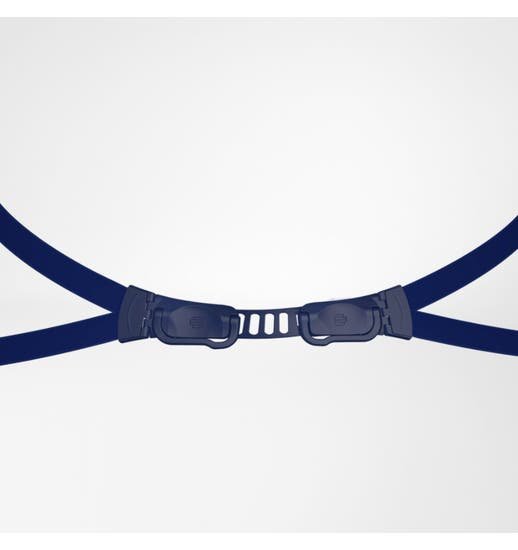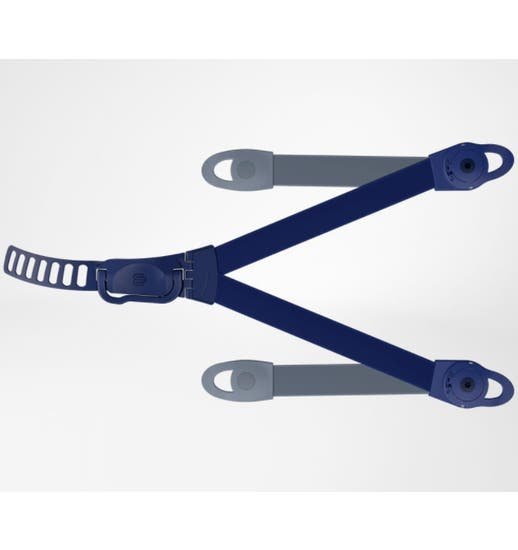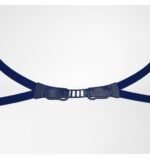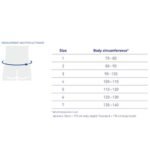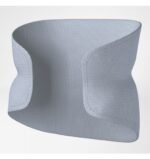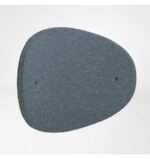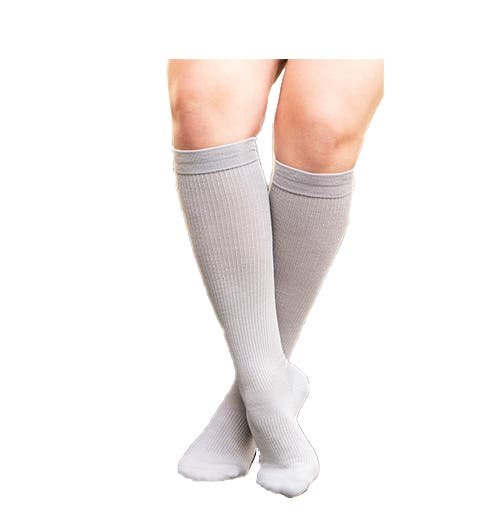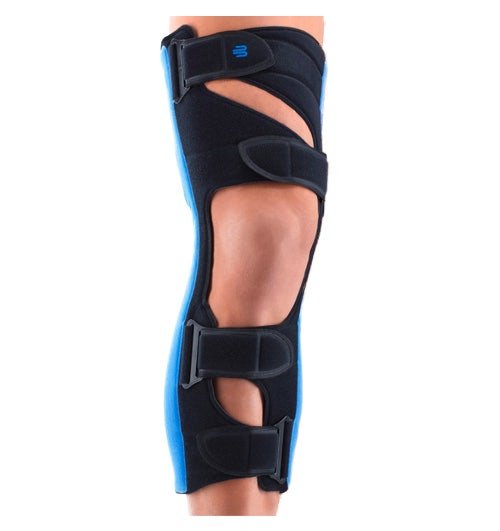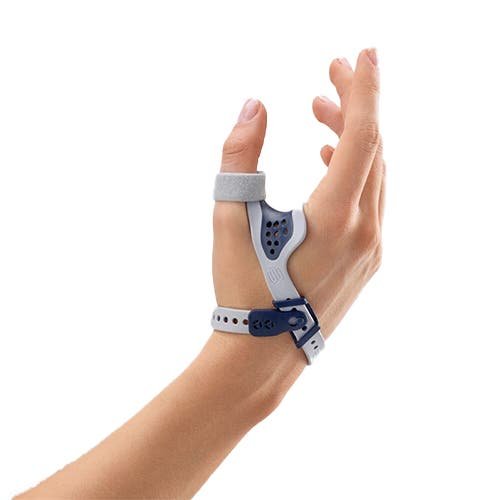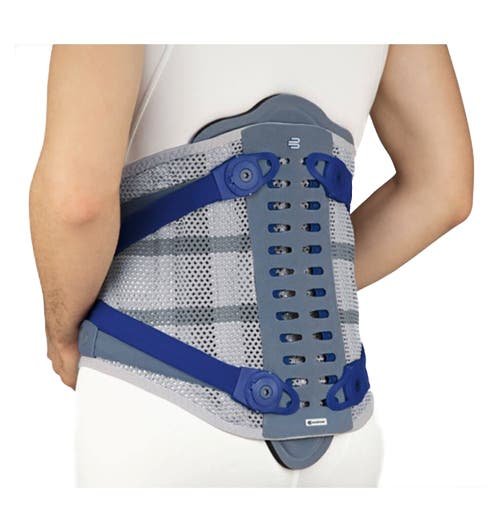
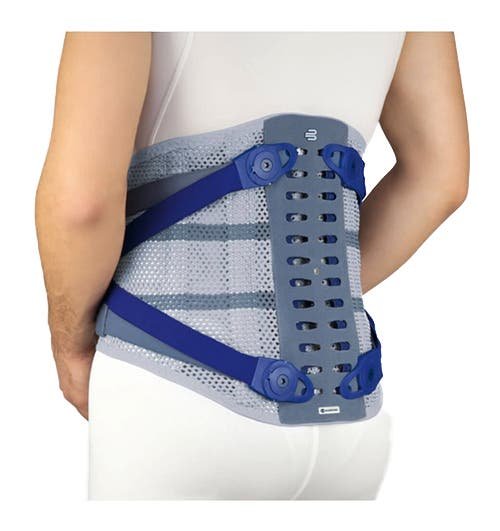
Bauerfeind Spinova Immo Plus Back Brace
Multifunctional orthosis for stabilization of the lumbar spine with mobilization function.
$ 1,610.20 (CAD)
Payment Methods:
Following surgery on the lumbar spine, such as for vertebral displacement (spondylolisthesis) or spinal canal stenosis, mobilization of the muscles of the back can be promoted with varying degrees of intensity using the modular orthosis Spinova Immo Plus. Individual elements, such as the abdominal pad, shell or aluminum stays can be inserted, replaced or removed as needed.
- For a treatment plan in three stages
- Individually combinable
- Easy to put on and adjust
Spinova Immo Plus temporarily immobilizes the lumbar spine and relieves pain. The lumbar orthosis extends up to the lower thoracic spine (up to TH10) and reliably protects against damaging rotational movements. It is based on a modular design and supports multi-stage therapy. Elements can be removed, enabling it to stabilize the lumbar area, and allow mobility once again.
To begin with, the plastic shell around the torso immobilizes the lumbar spine. Along with the brace that covers it and its built-in corset stays, it creates circular traction. The stabilizing force is applied in a targeted manner by means of the Spinova strap system. Straps are attached at the appropriate height to a back setting device, rerouted twice and joined together with a buckle. The strength of the force applied can be permanently adjusted by altering the strap tension with a torque wrench. This ensures that the therapeutic circumferential pressure remains the same every time it is worn. As mobility increases, the shell is removed and the support, along with the back setting device and strap system, takes on a stabilizing and protective function.
The individually adjustable plastic shell has multiple perforations and, like the brace made from light, elastic mesh material, it is comfortable to wear.
| Size |
1, 2, 3, 4, 5, 6, 7 |
|---|---|
| Brace Version |
Short, Standard |
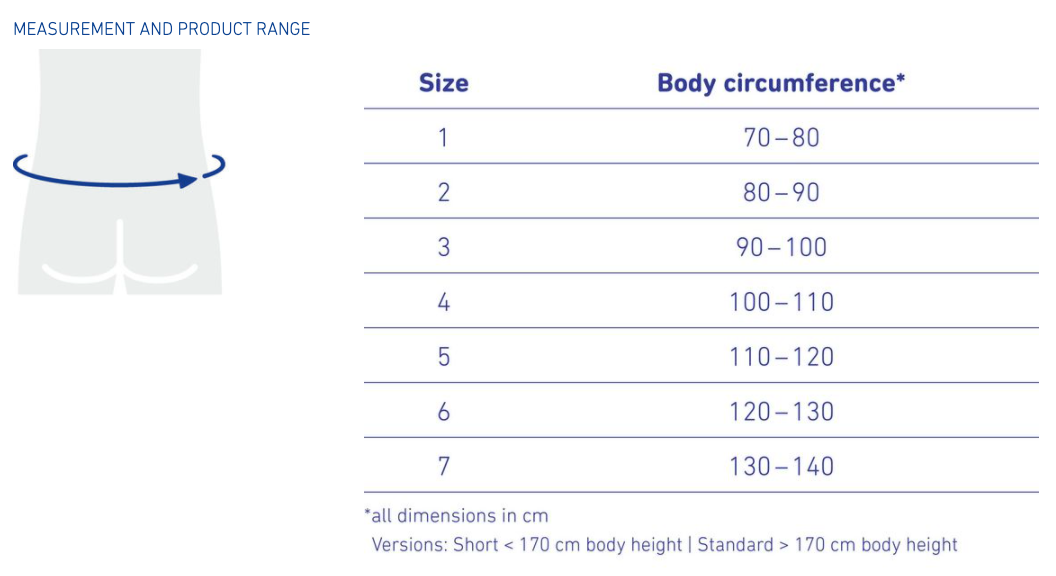
Indications for Use:
- Vertebral displacement, formation of gaps in the vertebral joints (spondylolisthesis, grades II and III/spondylolysis)
- Wearing of the vertebral joints with unusual flexibility of the joints (facet syndrome with hypermobility/spondylitis)
- Chronic pathological changes (osteoarthritis) to the vertebral joints (spondylarthrosis)
- Radiating pain in the lumbar spine area (very severe [pseudo] radicular lumbar syndrome/very severe lumbar sciatica)
- Narrowing of the spinal canal (lumbar spinal canal stenosis with paresis [conservative, post-operative])
- Narrowing of the nerve root canal (foraminal stenosis, lateral), vertebral fractures of the lumbar spine to a severe degree, relieving the front and/or rear edges of vertebrae
- Tumors (metastases)
- Weak muscles with limited performance (degeneration, severe/advanced muscular insufficiency of the spine)
- Following an intervertebral disk prolapse (conservative, post-operative)
- Intervertebral disk surgery (discectomy)
- Post-operative, one or more levels of the spine (e.g. spondylodesis/kyphoplasty)
- Pathological change to the intervertebral disk cartilage (osteochondrosis)


